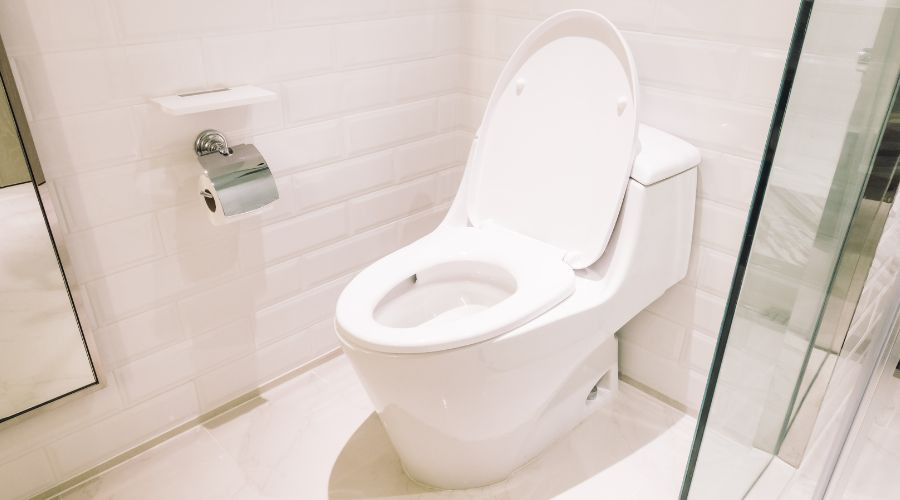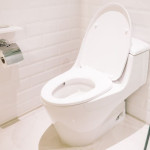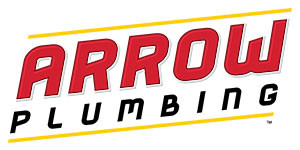How to Better Care for a Home’s Toilets
Effective methods exist to prevent and identify toilet problems, helping to avoid costly repairs and ongoing frustration. Persistent leaks and recurring clogs are some of the signs to call a plumber for toilet repair or replacement. However, there are also ways to help avoid toilet clogs and problems for a smoothly functioning bathroom. Explore these practical solutions that truly make a difference.
Signs a Toilet Needs Repair or Replacement
 Recognizing early warning signs is crucial to avoiding water damage and maintaining an efficient bathroom. A properly functioning toilet operates quietly, flushes completely, and remains leak-free. Here are key indicators that a toilet is experiencing problems and may require professional attention.
Recognizing early warning signs is crucial to avoiding water damage and maintaining an efficient bathroom. A properly functioning toilet operates quietly, flushes completely, and remains leak-free. Here are key indicators that a toilet is experiencing problems and may require professional attention.
Constant running water is among the most common issues, leading to significant water waste and increased utility bills. Visible leaks at the base or around tank connections also demand prompt action to prevent flooring damage. Frequent clogs during normal usage often indicate deeper plumbing problems that simple plunging cannot resolve.
Weak or incomplete flushes may signal worn components or mineral buildup in the internal passages, reducing flushing efficiency and wasting water. Cracks in the porcelain, whether in the tank or the bowl, typically require full replacement due to potential structural risks.
When frequent repairs become necessary, replacement is often more cost-effective. Older models, particularly those manufactured before 1994, use 3.5 to 7 gallons per flush, far more than modern high-efficiency models that use 1.28 gallons or less, according to EPA WaterSense data. This upgrade can save approximately 13,000 gallons of water annually for an average household.
Toilets over 25 years old generally exceed expected lifespan and are more prone to inefficiency. Newer models provide improved performance and greater water conservation. Movement or rocking, even after bolt tightening, could indicate floor damage underneath, another compelling reason to install a new unit rather than continue repairs.
Tips for Preventing Toilet Clogs
 Clog prevention begins with awareness of what should enter the toilet. Only human waste and toilet paper belong in a toilet and should be flushed. Items such as paper towels, facial tissues, and so-called “flushable” wipes remain intact in the plumbing system and contribute to clogs. Dental floss, cotton swabs, and hair can also accumulate and clog the toilet or obstruct pipes over time.
Clog prevention begins with awareness of what should enter the toilet. Only human waste and toilet paper belong in a toilet and should be flushed. Items such as paper towels, facial tissues, and so-called “flushable” wipes remain intact in the plumbing system and contribute to clogs. Dental floss, cotton swabs, and hair can also accumulate and clog the toilet or obstruct pipes over time.
Excessive toilet paper use can overwhelm the system’s capacity, causing immediate blockages. Using only the necessary amount and flushing twice if required helps avoid paper buildup in the lines. Low-flow toilet models, while water-efficient, may handle large amounts of paper less effectively than older units.
To keep plumbing free of clogs, adopt these preventative practices:
- Place a small waste bin in the bathroom for non-flushable items
- Establish proper flushing habits within the household
- Install a drain guard to catch small items before they fall into the drains
Approximately 80% of residential toilet clogs result from flushing inappropriate materials, according to plumbing industry data. These proactive habits reduce the likelihood of backups and extend the lifespan of household plumbing.
How Sewer Lines Impact Toilets
Toilet issues may originate deeper in the plumbing system. Problems with sewer lines can cause symptoms that appear at the toilet, such as repeated clogs or sudden backups. These problems tend to worsen gradually.
Sewer system health strongly correlates with toilet usage habits. Materials flushed without immediate consequence may still create long-term sewer line issues. According to the Water Research Foundation, 8-10% of residential sewer backups are caused by flushing inappropriate items. Only human waste and toilet paper should enter the sewage system.
Items like "flushable" wipes, sanitary products, and paper towels fail to break down like toilet paper. These materials can latch onto pipe joints or mix with grease, forming stubborn clogs. Additionally, things like grease, oil, hair, and food waste should be kept out of drains to avoid a clogged sewer line and the issues it can cause. Proper disposal habits protect not just the toilet, but the entire household from avoidable and costly emergencies.
Call Arrow Plumbing
With almost 50 years of experience, Arrow Plumbing is an expert plumbing contractor serving the Greater Houston and Sugar Land, TX areas. They offer straightforward pricing, trustworthy technicians, and the latest technology. Call them for clogged toilet repair in Sugar Land, TX.



